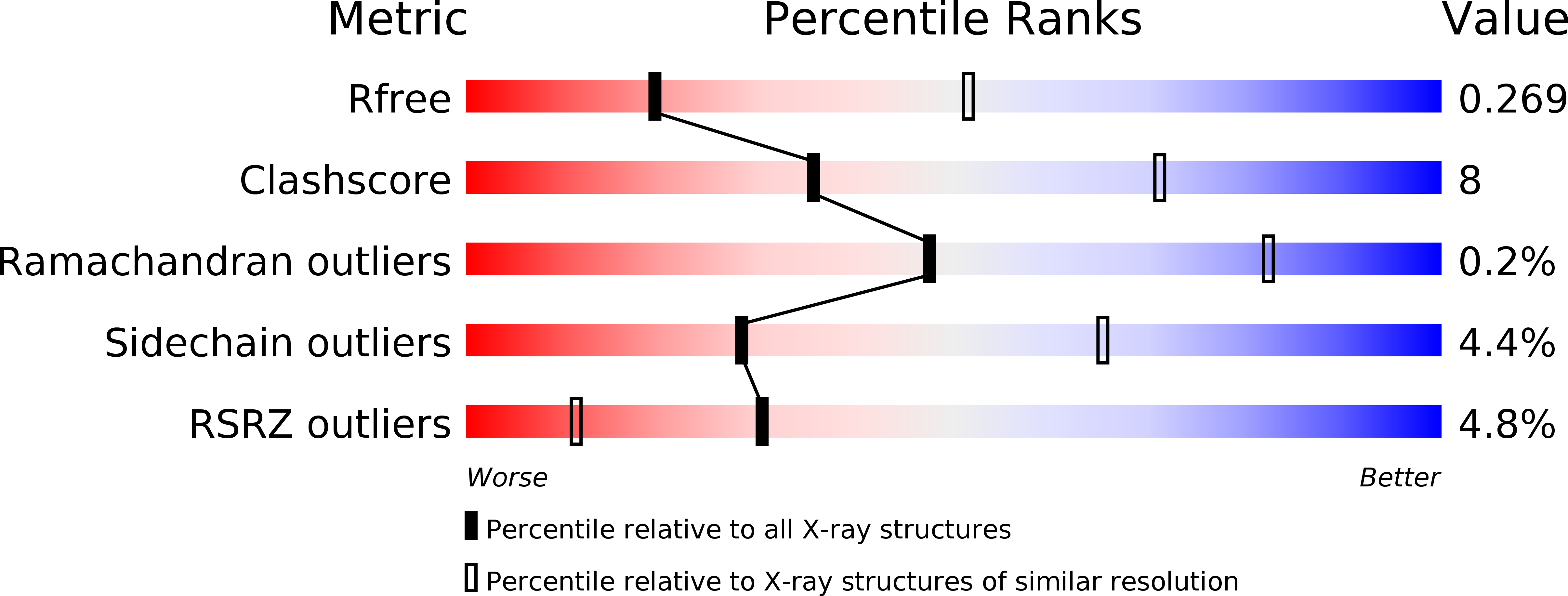
Deposition Date
2014-09-15
Release Date
2014-11-19
Last Version Date
2024-11-06
Entry Detail
PDB ID:
4RCA
Keywords:
Title:
Crystal structure of human PTPdelta and human Slitrk1 complex
Biological Source:
Source Organism:
Homo sapiens (Taxon ID: 9606)
Host Organism:
Method Details:
Experimental Method:
Resolution:
2.99 Å
R-Value Free:
0.26
R-Value Work:
0.26
R-Value Observed:
0.26
Space Group:
P 1 21 1


